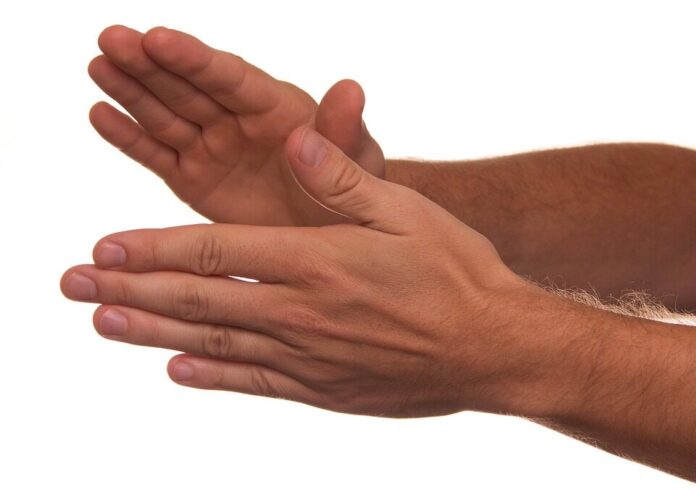This week has seen the first use of the innovative white card system. Portugal is the only country that uses them, though a similar model was trialled in Italy (using a different colour).
The white card is brought out by the referee to mark an eminent display of fair play or commendable action. It is a ‘pat on the head’ only, because it carries no actual impact on the game or recognition beyond that.
It’s first use was in a women’s cup match this week, where pitch medics went into the stands to help a supporter who had fainted. They were clapped by fans on returning to their positions and the white card came out from the referee too.
FERW commends this attempt to innovatively support good practice in the stadium, reinforcing the power the sport has to provide role models for society. Of course there are questions that now arise.
Firstly, should anything more be added to the white card to reinforce the effect? Financial reward would be inappropriate, and in major league sport too costly to have any genuine effect. Alternatively, any effect in game would be highly subjective and also a major shift in the rules.
Arguably, prior activity bias already happens if a player who is well known to fake falls takes a convenient tumble in the penalty box, or someone with a notorious record of over-aggressive tackling brings an opponent down; their reputation may precede them and could consciously or subconsciously influence the readiness of referees to take their claims at face value where there is some doubt. We can’t peer into minds so we can never know.
The most that might perhaps be reasonably argued for a white card ‘bonus’ could be as a decider over points differential, and even that would be contentious. Precisely what distracting but ostentatiously heroic activity would players be incentivised to do to chase a white card?!
So rewarding good play is perhaps best left to prestige actions off the pitch, such as ensuring they are recognised as part of FIFA’s annual awards. But they should also be better recognised nationally.
The second problem is this: how do we make sure that the referee isn’t burdened by an increasing number of other cards, as particular lobby groups push for other things potentially to be recognised in play, or call for more nuance in decision making? Red and yellow cards were first trialled in an international game in 1970 to ensure that language barriers did not generate confusion on a referee’s ruling, with the added benefit that everyone around beyond earshot could see what that ruling was. The idea literally came from a retired referee pondering the problem while stuck at traffic lights on Kensington High Street.
Adding more cards and more cards risks adding distractions for the ref, with extra burdens, and new credibility issues. Let’s not forget that their early success in English football was very mixed and even saw them withdrawn for a while. Three is probably a sensible limit.
With those caveats in mind, white cards – sparingly and sensibly used – help reinforce the ethics of the game. We hope trial use of them spreads more widely, and their recipients get due credit in match write-ups.












